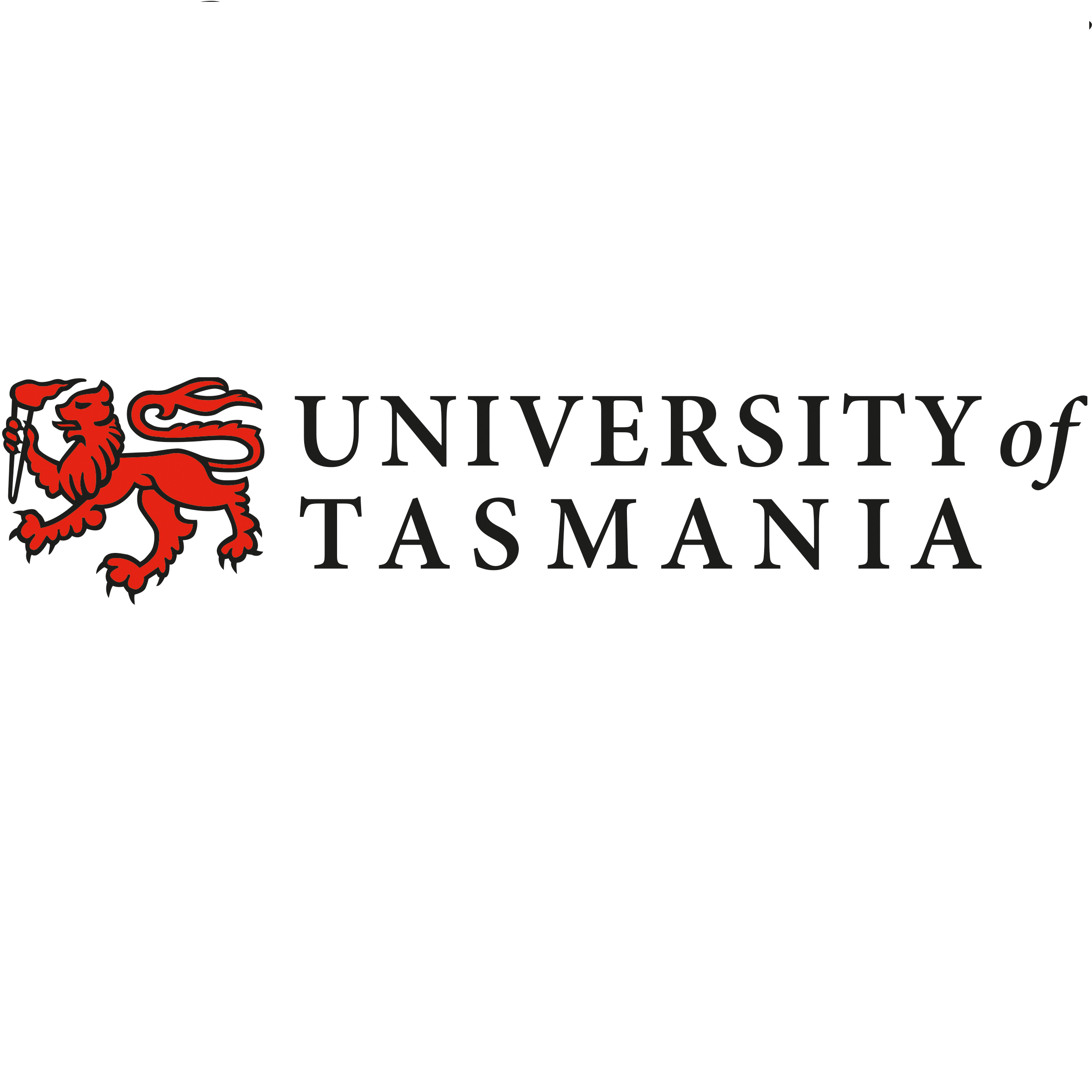Full description
***This record contains a subset of benthic habitat data from https://doi.org/10.25959/E4S6-GE74 (NESP MaC Project 3.6) rehosted for the purposes of the Seamap Australia collaborative project.***Seagrass beds are a dominant marine ecosystem of Tayaritja (the Furneaux Group of Islands) in the north-eastern waters off Tasmania. Historical coarse mapping has indicated extensive beds of Posidonia, Amphibolis, Heterozostera, and Zostera species, potentially comprising some of the largest and deepest seagrass extents found in temperate Australian waters. However, limited data on the distribution and ecological value of these seagrass habitats represents a significant knowledge gap in understanding Australia's wetland natural assets.
This project mapped the extent, ecological composition, population structure, and blue carbon value of seagrass beds around Tayaritja, in partnership with the Tasmanian Aboriginal Centre, as part of NESP Marine and Coastal Hub Project 3.6. The study area focused on the coastal waters surrounding Flinders Island in the western Furneaux Group, with mapping extending from the high tide line to the depth limit of reliable optical detection (approximately 30 m), based on analysis of field data and satellite imagery capabilities in the region. This metadata record specifically describes the benthic mapping component of the study.
A combination of close-range remote sensing methods was used to map the extent and ecological values of seagrass beds. High-resolution satellite imagery from Sentinel-2 (10 m) sensors, combined with bathymetric LiDAR data and oceanographic variables, was used to map baseline seagrass extent and composition. A field campaign deployed a Benthic Observation Survey System (BOSS) and unBaited Remote Underwater stereo-Video system (stereo-uBRUV) at approximately 400 locations to validate remote sensing outputs, collecting field photo quadrats and rhizome cores. From these data, maps were produced showing the extent and coverage of seagrass, sand, and macroalgae, and where possible, seagrass species composition, subject to water depth and clarity constraints.
See the "Lineage" section of this record for full methodology.
Lineage
Maintenance and Update Frequency: none-plannedData time period: 2020-01-01 to 2023-12-31
text: uplimit=30; downlimit=0
User Contributed Tags
Login to tag this record with meaningful keywords to make it easier to discover
(DATA ACCESS - composite habitat map raster)
(DATA ACCESS - probability of occurrence rasters for each habitat class)
(DATA ACCESS - percent cover rasters for each habitat class)
uri :
https://data.imas.utas.edu.au/attachments/08067a15-2615-4b3e-9b04-23f6a08abb75/percent_cover![]()
(DATA ACCESS - raw detection products (multiband probability and % cover for all habitat classes))
uri :
https://data.imas.utas.edu.au/attachments/08067a15-2615-4b3e-9b04-23f6a08abb75/raw![]()
DATA ACCESS - Tayaritja subtidal seagrass mapping (Shapefile version) (SHAPE-ZIP)
MAP - combined benthic habitat map of Tayaritja (SeamapAus_TAS_Furneaux_seagrass_2024_MAP)
uri :
https://geoserver.imas.utas.edu.au/geoserver/seamap/wms![]()
MAP - fractional cover of broad habitat classes of Tayaritja (MaC_3_6_Furneaux_fractionalcover)
uri :
https://geoserver.imas.utas.edu.au/geoserver/NESP/wms![]()
MAP - seagrass probability of occurrence of Tayaritja (MaC_3_6_Furneaux_proboccurrence_seagrass_mask)
uri :
https://geoserver.imas.utas.edu.au/geoserver/NESP/wms![]()
MAP - seagrass % cover of Tayaritja (MaC_3_6_Furneaux_perccover_seagrass_mask)
uri :
https://geoserver.imas.utas.edu.au/geoserver/NESP/wms![]()
(Standard Operating Procedure for Seagrass Mapping using Optical Remote Sensing: NESP 3.6 Case Study)
(Original metadata record)
doi :
https://doi.org/10.25959/E4S6-GE74![]()
global : 4739e4b0-4dba-4ec5-b658-02c09f27ab9a
ror :
00arpt780![]()
ror :
02czsnj07![]()
ror :
02czsnj07![]()
ror :
03r8z3t63![]()
ror :
00arpt780![]()
ror :
00rqy9422![]()
ror :
00arpt780![]()
ror :
00arpt780![]()
ror :
00arpt780![]()
ror :
00arpt780![]()
ror :
02czsnj07![]()
ror :
02czsnj07![]()
ror :
00arpt780![]()
ror :
02czsnj07![]()
NESP Marine and Coastal Hub Project 3.6
doi :
10.25959/E4S6-GE74![]()
- global : 9353d4a3-c003-40f4-a747-bf0246f01014


